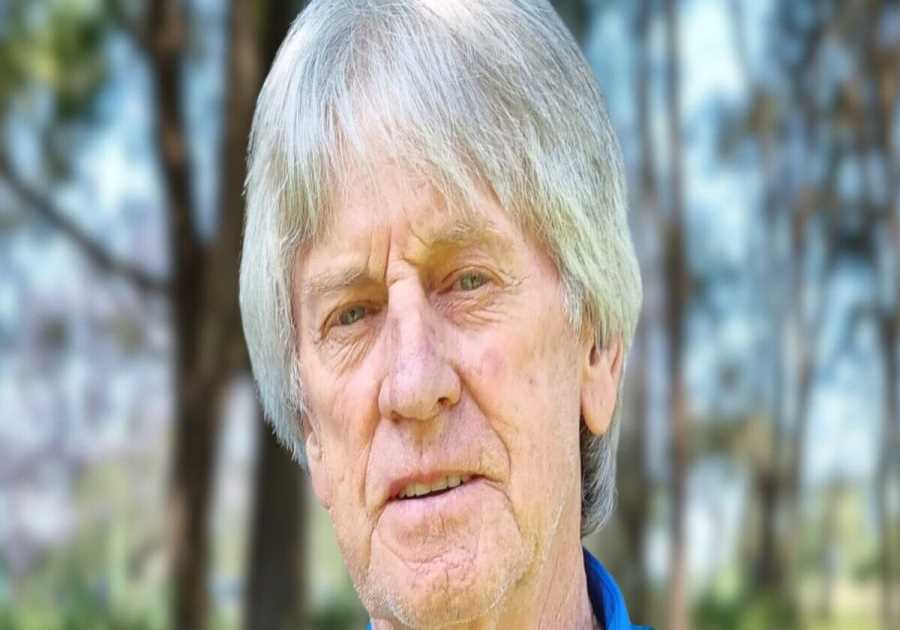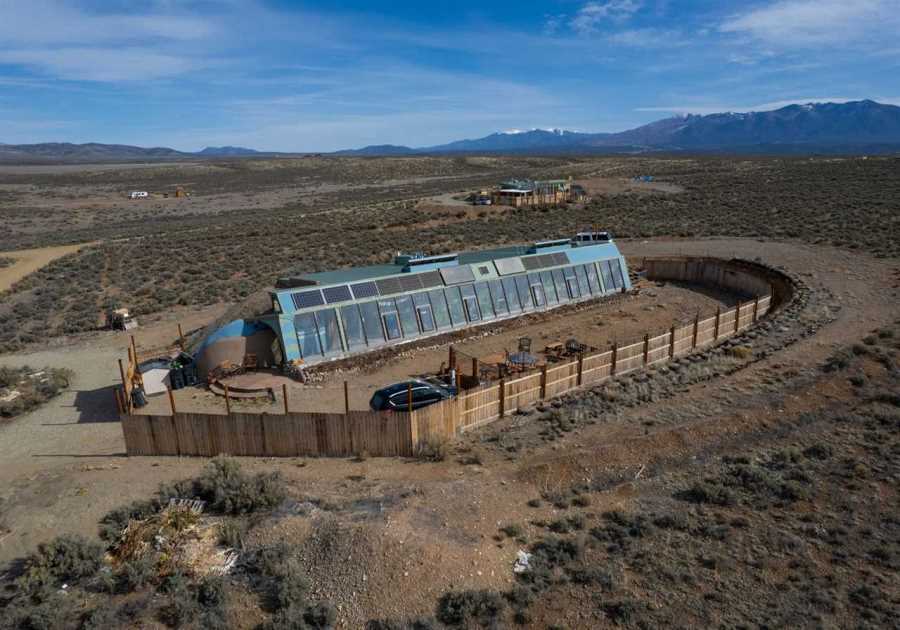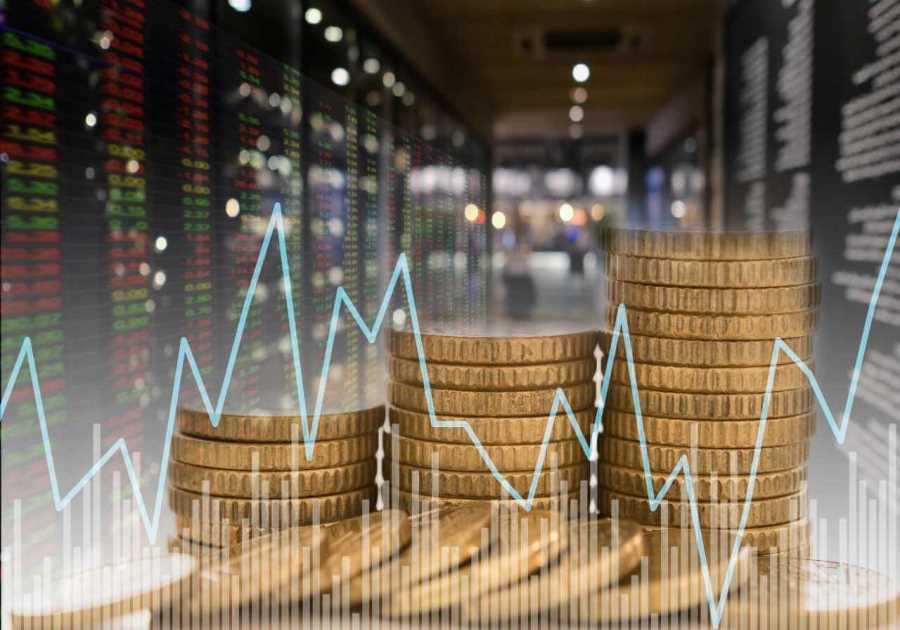Elizabeth Frantz/Reuters
- Fed Chair Jerome Powell mentioned disinflation 15 times in a Q&A with reporters this week.
- The Fed raised interest rates by 25 basis points Wednesday, in its latest tightening move.
- Powell's nod to slowing price increases has added to market speculation that rates may start falling this year.
Jerome Powell has been eager to remind investors that the economy is still deep in the throes of a battle with high prices and a potential slowdown.
But the chair of the Federal Reserve may have been trying to get a different point across when he took to a Q&A with reporters Wednesday after raising interest rates by 25 basis points.
Powell said it was "gratifying to see the disinflationary process now getting under way," one of his 15 mentions of the term, while simultaneously warning investors this process still had a way to go before rate cuts could be considered.
For investors who have been upbeat since the turn of the year as inflation continues to fall, it stoked optimism that borrowing costs could begin to come down ahead of schedule this year.
What did Powell say?
"It is gratifying to see the disinflationary process now getting underway, and we continue to get strong labor market data," Powell said in his speech Wednesday.
"It's the early stages of disinflation and it's most welcome to be able to say that, that we are now in disinflation," he said later in his Q&A, cautioning it may take time to fully filter through to the economy.
With his repeated mentions of disinflation, Powell was keen to reinforce the idea that price pressures are abating, despite his reminders that it was at an early stage and a "couple of more rate hikes" remained likely.
Powell's consistent references to slowing price increases, alongside the idea that financial conditions had tightened - implying the rate hikes were working - caught investors' attention, adding fuel to a rally that has been in place for over a month.
What is disinflation?
Disinflation means slower price increases, and it's happening now in the US. The annual rate of consumer-price inflation fell to 6.5% in December, the lowest in more than a year, from a 40-year high of 9.1% in mid-2022.
Core inflation, a gauge that strips out the more volatile energy and food components and is seen as a better indicator of sticky price pressures, has also subsided on a monthly basis.
Supply-chain disruptions, felt around the world since the lifting of COVID-19 restrictions, are beginning to ease, while the more recent reopening of the Chinese economy has helped ease cost-side pressures, according to Powell.
"You see inflation now coming down because supply chains have been fixed, demand is shifting back to services, and shortages have been abated," he outlined.
The pace at which price pressures abate would be a key factor in the Fed's rate decisions from here, following the staggering 450-basis-point increase in benchmark rates since last March. If inflation keeps falling toward the central bank's 2% target, policymakers will run out of reasons to keep rates elevated.
Disnflation has helped lift investor sentiment even with a widely anticipated recession, fueling an almost 9% rally in US stocks since the start of the year.
What does it mean for investors?
While markets had already priced a smaller rate increase at the most recent central bank meeting, Powell's messaging still helped stocks gain on the day.
Investors appear to be playing a game of chicken with the Fed over the likelihood that it follows through on its plan to cap rates at around 5.1%, which would require two more 25-basis-point increases, or whether borrowing costs have peaked.
Powell was caught in a bind between trying to remind markets of his intent not to cut rates this year while not forcing a selloff with overly hawkish rhetoric. According to EY Parthenon's chief economist Greg Daco, the outcome was one that skewed slightly too dovish.
It's possible that Powell will sound a more hawkish tone in the coming weeks to offset any of Wednesday's optimism, according to Daco.
"This loosening of financial conditions is undoubtedly not what the Fed was aiming for, and we expect a cacophony of Fed speeches in the coming weeks will aim to reorient the message," Daco said in his analysis.
"In other words, the infernal tango will continue as the Fed and markets try to find synchronized rhythms once again."
For its part, EY Parthenon said that a couple of interest-rate cuts remained a "distinct possibility" for 2023.
Read More
By: [email protected] (Ryan Hogg)
Title: Jerome Powell mentioned 'disinflation' 15 times in his Fed Q&A this week. Here's how that could guide markets.
Sourced From: markets.businessinsider.com/news/stocks/fed-chair-powell-mentioned-disinflation-15-times-giving-investors-hope-2023-2
Published Date: Sun, 05 Feb 2023 11:30:00 +0000
.png)





